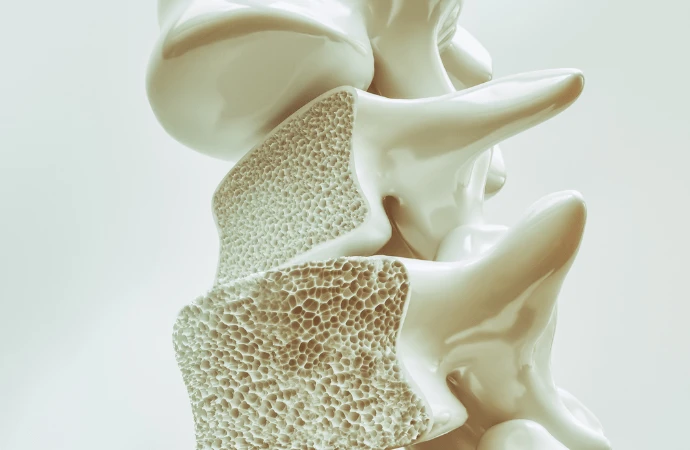Computed tomography (CT) brain scans, commonly used for various diagnostic purposes, could offer a proactive method to screen for signs of osteoporosis, especially in female patients, a new analysis suggests. This potential is particularly significant given the prevalence of osteoporosis in the ageing population and its associated risks. A recent study published in Skeletal Radiology explored whether head CT scans, often performed for other medical reasons, could serve as an alternative screening tool. The research focused on evaluating the frontal bone density observed in CT scans as a possible indicator of osteoporosis. This study, conducted by Dee Zhen Lim, MD, and colleagues from Austin Health in Australia, analysed data from over 300 patients who had both a head CT and a DEXA scan within a year.
The Importance of Early Osteoporosis Detection and the Role of DEXA Scans
Osteoporosis affects approximately one in every ten individuals aged 50 and older in the United States, leading to a heightened risk of severe fractures. The Centers for Disease Control and Prevention reports that the risk of a man with osteoporosis fracturing his femur or lower back is just over 4%. For women with the condition, however, the risk is significantly higher, approaching 19%. Early detection is crucial as it allows for timely intervention, potentially preventing debilitating fractures. Currently, dual-energy X-ray absorptiometry (DEXA) is the standard diagnostic tool for osteoporosis. This bone density scan is known for being quick, easy, and relatively accessible. However, not all at-risk individuals undergo this examination, leaving a gap in osteoporosis management and prevention.
Gender-Specific Correlation Between Frontal Bone Density and Osteoporosis
Using statistical methods such as ANOVA, Pearson’s correlation, and receiver operating curve (ROC) analysis, the researchers examined the relationship between frontal bone density on CT scans and bone mineral density from DEXA scans. Their findings revealed a significant correlation between lower frontal bone density and DEXA-defined osteoporosis, but notably, this correlation was only significant in female patients. The ANOVA analysis indicated a marked decrease in frontal bone density in patients with osteoporosis. Pearson’s correlation analysis further supported this by showing relative agreement between CT scan and DEXA results, but again, this was evident only among females. ROC analysis provided additional insights, indicating that frontal bone density could weakly predict osteoporosis, with a threshold of greater than 1,200 Hounsfield units being indicative of the condition, but only in women.
Challenges and Opportunities in Utilizing CT Brain Scans for Osteoporosis Screening
Despite these findings, the study's results do not conclusively establish CT brain scans as a reliable screening tool for osteoporosis. The weak predictive power of frontal bone density on CT scans necessitates further research to explore its potential utility. However, the observed gender differences in the study's outcomes highlight a crucial area for additional investigation. The specific thresholds and metrics derived from CT scans could potentially be refined to improve their diagnostic accuracy, particularly for women. Given the frequent use of CT brain scans in elderly patients, especially after head injuries, incorporating bone density evaluation into these routine scans could provide a valuable opportunistic screening method. Such an approach could significantly enhance early osteoporosis detection, especially for patients who might otherwise not undergo a DEXA scan.
While head CT scans are promising for opportunistic osteoporosis screening, particularly in female patients, further research is necessary to fully validate and optimise this method. The potential benefits of such a screening strategy are substantial, offering a means to improve early detection and treatment of osteoporosis, thereby reducing the risk of fractures and enhancing the quality of life for many older adults. The study by Lim and colleagues provides a foundational step towards integrating osteoporosis screening into routine radiologic practices, paving the way for more comprehensive and preventive healthcare approaches.
Source: Skeletal Radiology
Image Credit: iStock






